Something earned, Something left behind exhibition at Center for Craft
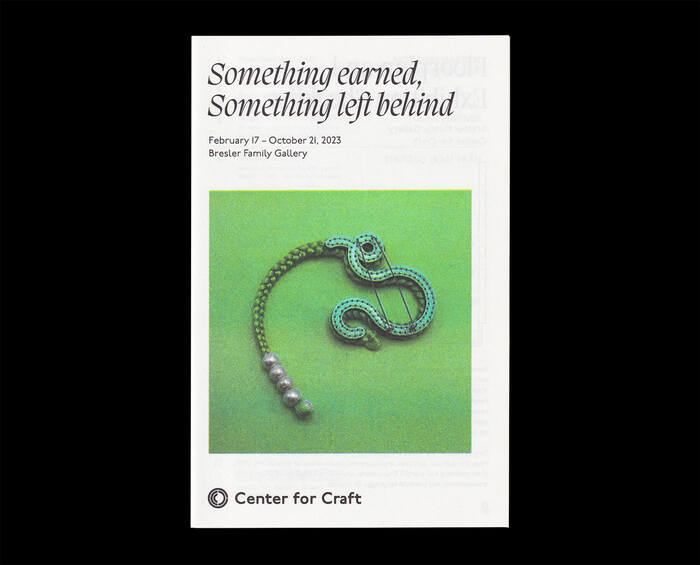
License: All Rights Reserved.




Description of the exhibition by the Center for Craft:
Something earned, Something left behind is a group exhibition concerned with reconciling a history of craft and exclusion of POC narratives and displacement. It centers on artists working with cultural traditions at the forefront of their practice to engage conversations of identity, healing, and reconnection. This show gives reverence to ancestral homelands, hyphenated identity markers, expectations to assimilate, and the pressure to give up parts of oneself in order to fit a new identity.
Few objects in the world are apolitical in their historical affiliations. How have the cultural, political, and economic decidedness of objects impacted their meaning and worth? These works on view investigate and analyze the transactional and political languages of objects.
The introductory exhibition text is printed on chiffon, while the eight-page gallery guide is Risograph-printed in three colors—black, light lime, and mint—by Woolly Press. Color separations for the cover image were made using the Spectrolite app, developed by Amelia Greenhall and Adam Greenhall.
Several diacritics—ư, ơ, à, ầ—were cobbled together manually for the exhibition materials, as they do not exist in the Migra glyph set. There's one instance of the Cherokee language used in the gallery guide’s land acknowledgment, which is set in Galvji. You can see other recommended Cherokee fonts on the Cherokee Nation's official website.
Something earned, Something left behind was curated by Kehayr Brown-Ransaw, a 2023 Curatorial Fellow at the Center for Craft. Exhibition management by Sarah Darro, Lisette Gallaher, and Marilyn Zapf. Installation by Ian Brownlee, Carrie Helmkamp, Lauren Roquemore, and Devyn Vasquez. Edited by Liz Carleton. Exhibition graphic design by Erik Pedersen / History of Salad.
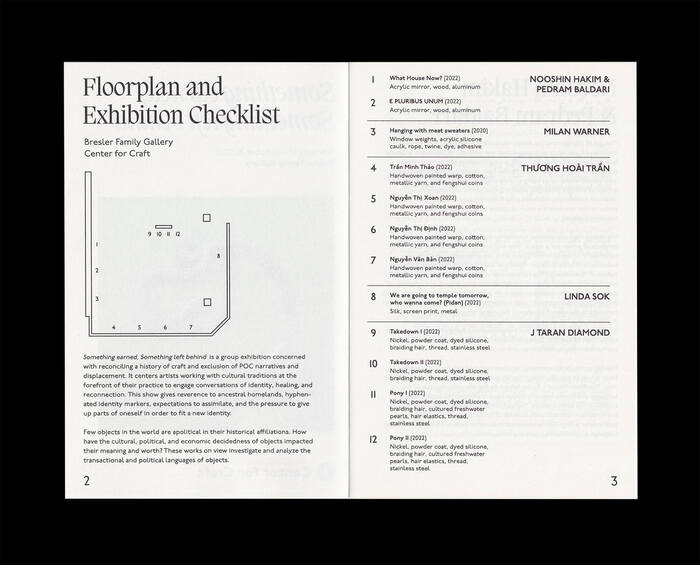
License: All Rights Reserved.

License: All Rights Reserved.
The Sorani Kurdish text uses the Kurdo-Arabic alphabet, a modified Perso-Arabic script, and appears to be set in Simplified Arabic (as included in Arial).

License: All Rights Reserved.
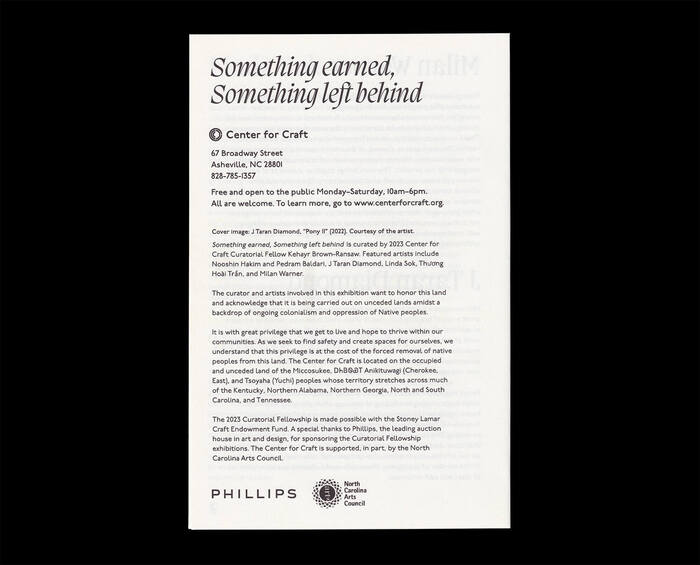
License: All Rights Reserved.
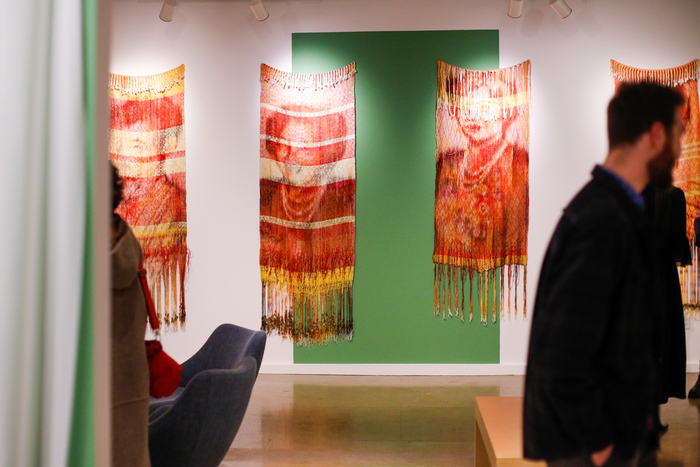
Molly Milroy. License: All Rights Reserved.
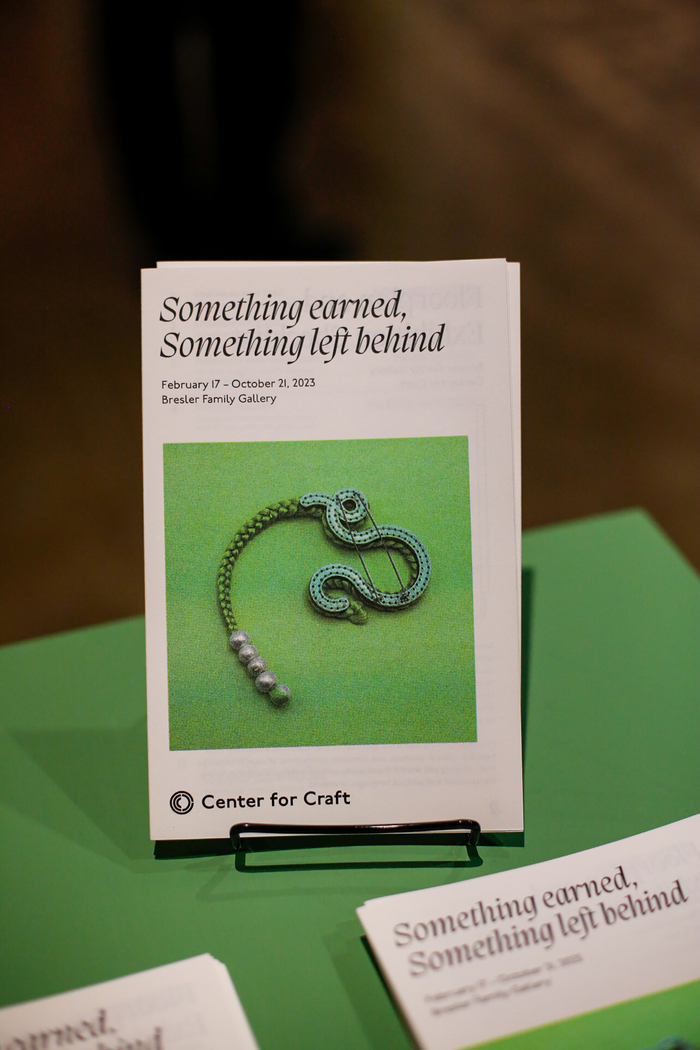
Molly Milroy. License: All Rights Reserved.

Benjamin Roberts. License: All Rights Reserved.
This post was originally published at Fonts In Use